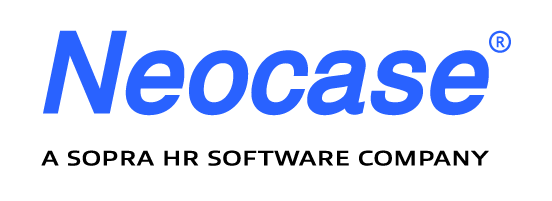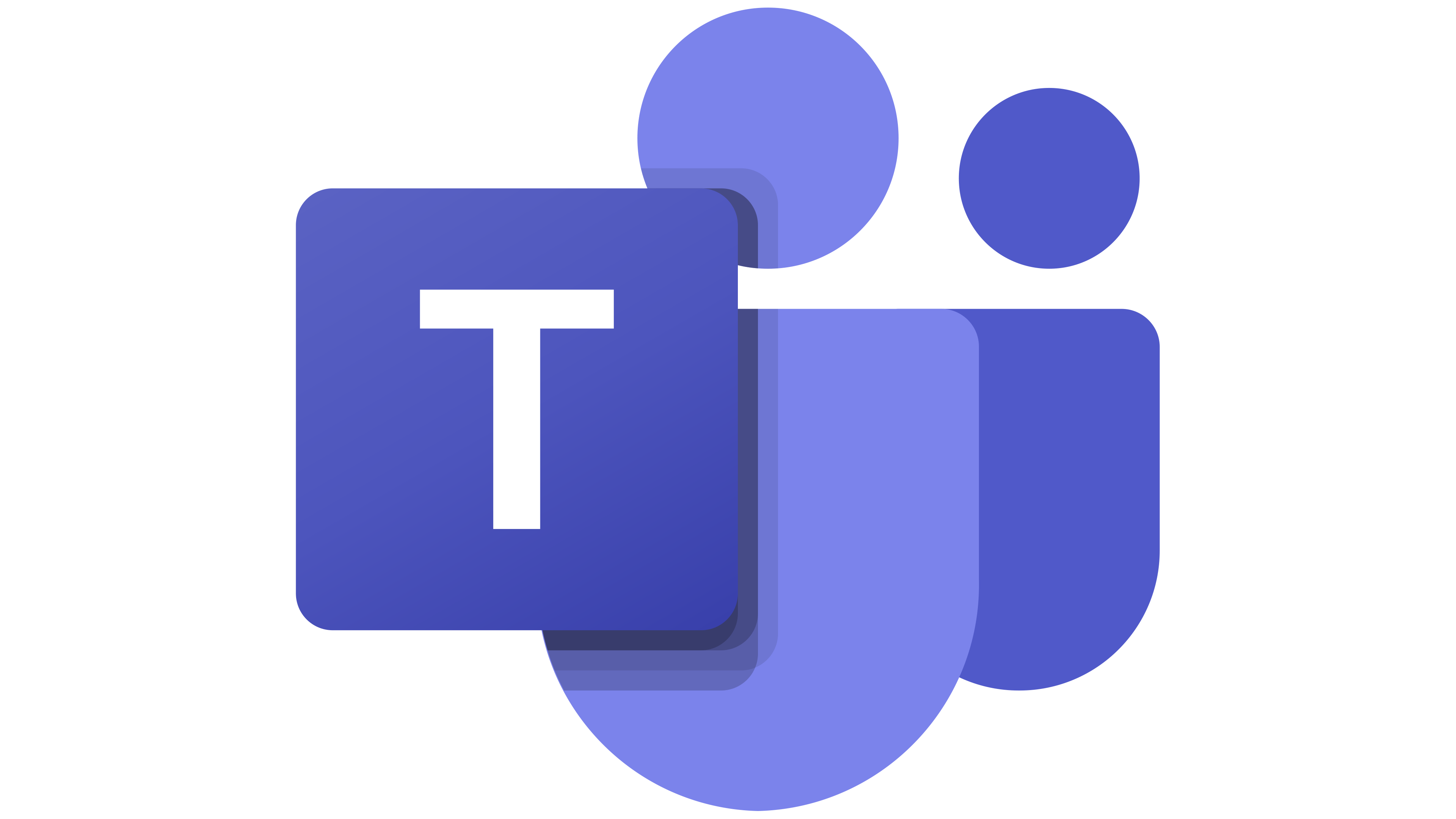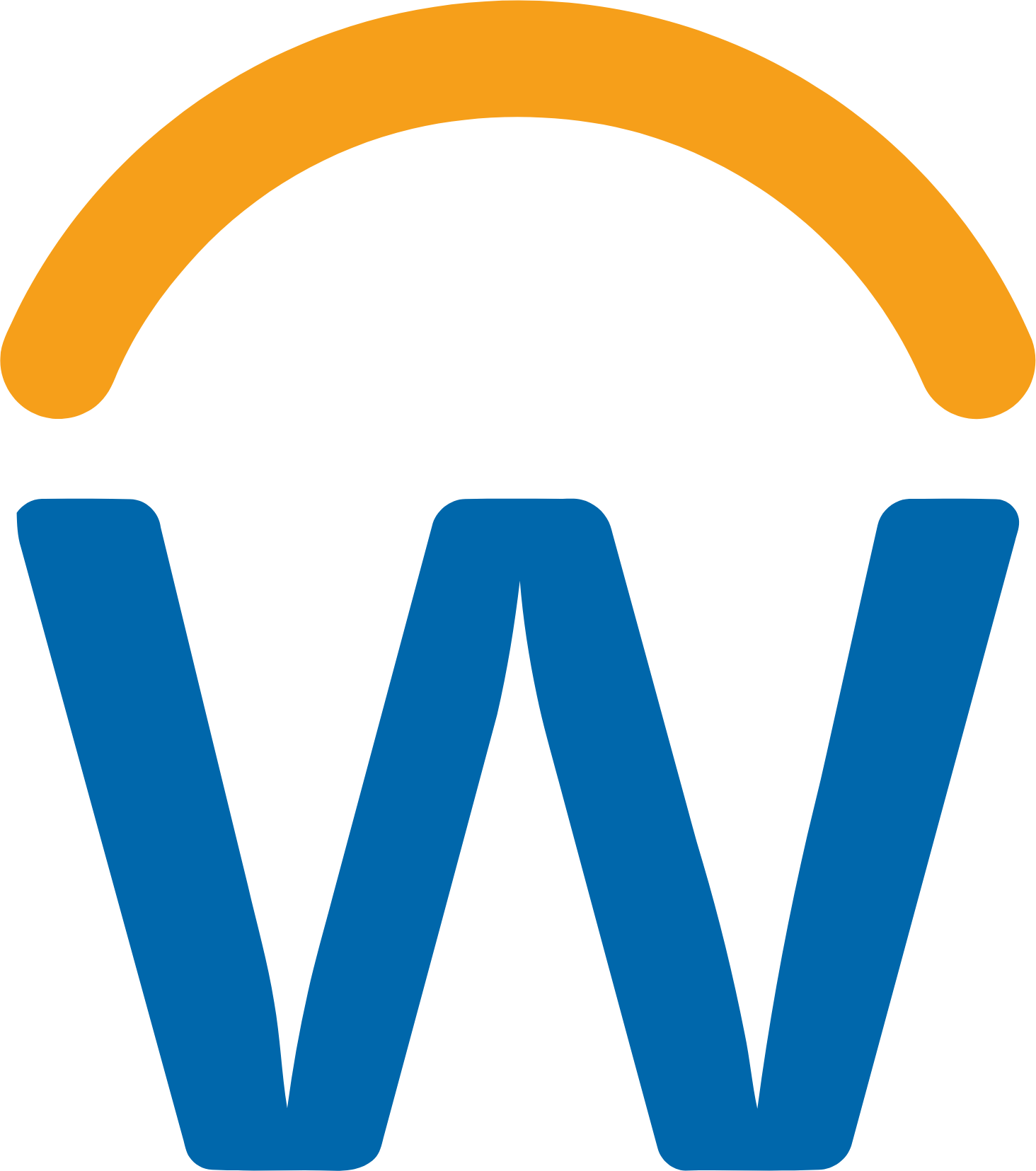Sven Elbert, July 2025
HR Service Delivery (HRSD) is no longer confined to the back office. It has shifted to the frontline, powered by a workforce that expects consumer-grade digital experiences - whether they’re desk-based knowledge workers or warehouse staff connecting via mobile. Employees won’t tolerate fragmented portals or disjointed apps; they expect one intuitive access point for documents, support, compliance tasks and everyday HR processes.
Across EMEA, organisations are pursuing three broad integration strategies. Some lean into the native HRSD capabilities of their HCM suite, accepting simplicity over depth. Others attempt bespoke integrations through middleware, only to discover the hidden burden of real-time data management and continuous maintenance. A third - and fast-growing - group deploys specialist HRSD platforms that layer real-time synchronisation, dynamic document generation, no-code workflows, multilingual case management and mobile-first usability over the existing core. For HR leaders, then, the question is no longer whether to integrate, but which route best aligns with workforce needs, strategic ambitions and operational realities.
When ‘suite-only’ is good enough
For organisations with simple structures and moderate regulatory variation, the service delivery tools built into many cloud HCM suites are often enough. Core HR stays centralised, while users get familiar interfaces, and IT has only one vendor to manage, and fewer integration headaches. Native case tracking, templated letters and basic workflows cover most day-to-day requests on the same vendor contract.
However, limitations surface as operations grow more complex. Document templates often lack the flexibility to handle multi-language or cross-border logic. Workflow engines rarely cross department boundaries, pushing tasks into email and losing audit trails, timers or shared queues in the process. What starts as a clean all-in-one setup becomes a bottleneck when speed or coordination matters.
Suite-only remains a pragmatic choice if your growth and compliance demands align with your vendor’s roadmap. But once you anticipate sophisticated SLA-driven helpdesks, multilingual documents or multi-entity workflows, it’s worth considering a specialist HRSD layer - before complexity turns into technical debt.
The iPaaS detour - and why most HR teams move on
Integration-platform-as-a-service solutions promise to connect ‘anything to everything’, and many HR functions have trialled them as a neutral way to bridge core HR, talent and third-party apps. The model works well for batch-centric domains such as finance, where nightly file drops are acceptable. HR, however, lives on events: someone is hired at 09:30, so IT must ship a laptop by 11:00 and Security must activate an access pass by 13:00. Maintaining dozens of data maps, middleware runtimes and regression-test scripts quickly diverts scarce technical talent away from value-adding HR work. Costs rise quietly through platform fees, consultant hours and the shadow IT that pops up whenever a new law or acquisition demands another interface. For most organisations, iPaaS becomes a staging post for edge cases or keeping legacy systems in just a few years longer, rather than a destination.
Specialist HRSD: Extending your Cloud HR Core
Specialist HR Service-Delivery (HRSD) platforms take a different approach: they leave the HCM suite to be the system of record, while owning the experience, documents and workflows that employees and line managers touch every day. Specialist HRSD solutions are often designed with frontline usability in mind - leaving them significantly better equipped for use on mobile, in multiple languages, and via voice interactions, capable of supporting employees with limited digital literacy or access to desktop tools. But their impact goes beyond interface design - they transform how HR operates by making service delivery more agile, auditable and scalable. Key capabilities include:
- HR document generation and storage: Dynamic templates pull live data via APIs into documents in seconds and route them for e-signature. Retention rules and audit trails sit natively in the HRSD layer - no more shared drives or manual archiving.
- End-to-end HR process management: No-code flow builders let HR map cross-functional journeys, like onboarding, parental leave, or role changes, without waiting for IT or consultants to deliver code. Make sure to select a solution that inherits field-level security from the core HR system and can branch out and expand on local legislation or works-council agreements.
- Collaborative request handling: Shared queues, skill-based routing and SLA timers ensure queries land with the right expert first time. Internal comments and task assignments keep other departments aligned, replacing endless email loops.
- Helpdesk and employee support: AI-powered knowledge articles surface inside chat or mobile, cutting repetitive tickets. Sentiment analytics flag emerging hot spots - say, payslip confusion after a merger - so HR can pre-empt before morale dips.
Because these platforms consume and publish events in real time, any change in the HCM core - new hire, manager switch, address update - immediately flows into the service layer, and vice versa. Employees gain the ‘single pane of glass’ they crave; HR gains control of experience innovation without destabilising its master data.
Conclusion: choose once, extend often
Cloud HCM suites keep the organisation’s vital records safe; specialist HRSD layers translate that data into fast, compliant, employee-friendly service. Suite-only integration is fine for simple environments, and iPaaS can bridge short-term gaps, but most complex organisations aiming to stay ahead of regulatory change and workforce expectations now anchor their strategy on a purpose-built HRSD platform. Start small: pilot a high-impact journey - parental-leave requests or onboarding for shift workers - in a sandbox, gather real user feedback, then scale confidently. Integration done well in 2025 will still pay dividends in 2030.
“To complement an HCM suite effectively, HR Service Delivery specialists must tick at least four boxes: real-time API integration that respects the core data model, configurable workflows and document automation that can mirror local legislation, consumer-grade, mobile-first UX for frontline employees; and demonstrable compliance with the organisation’s data-residency and security standards.”
About Fosway
Fosway Group is Europe's #1 HR Industry Analyst focused on Next Gen HR, Talent and Learning. Founded in 1996, we are known for our unique European research, our independence and our integrity. And just like the Roman road we draw our name from, you'll find that we're unusually direct. We don't have a vested interest in your supplier or consulting choices. So, whether you're looking for independent research, specific advice or a critical friend to cut through the market hype, we can tell you what you need to know to succeed.
Talk to us today on +44 (0) 207 917 1870 or via info@fosway.com, or visit us at www.fosway.com

 Microsoft Teams
Microsoft Teams
 Workday
Workday
